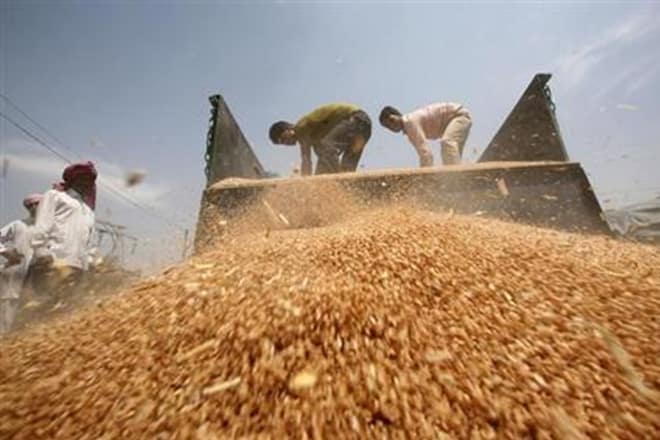Retail inflation hit 3.17% in January, the lowest since the latest consumer price index was introduced, as food inflation collapsed to a new low of 0.53%, partly reflecting the protracted impact of demonetisation.
The official data released on Monday showed core consumer price index (CPI), however, rose to 5.1% in January, against 4.9% in the previous month, aided by a rise in price pressure in transport and communication services following an increase in oil prices.
Also, stickiness is discernible in price pressure, particularly in personal care and effects, housing, health, education and miscellaneous goods and services consumed by households, with retail inflation ranging from 4.2% to 6.3% in these segments.
With the monetary policy committee changing its stance from “accommodative” to “neutral” last week and analysts expecting inflationary pressure to return in the coming months once the seasonal effect on food articles
(especially in fruit and vegetable) turns unfavourable, the current sharp decline in headline CPI inflation is unlikely to have much of a bearing on the repo rate cut anytime soon.
Already, last week’s monetary policy review statement flagged three significant upside risks — the hardening of international crude prices, volatility in the exchange rate and the fuller effects of the house rent allowances under the 7th Central Pay Commission award — although it acknowledged that the government’s adherence to fiscal discipline in the Budget for 2017-18 could limit the risks.
The panel last week decided to keep the repo rate unchanged, contrary to market expectations, to assess “how the transitory effects of demonetisation on inflation and the output gap play out”. RBI governor Urjit Patel said there was scope for lending rates to come down as RBI’s policy rates had come down by 175 basis points, and in comparison, the weighted average lending rate (WALR) had eased at the most by about 85-90 bps.
The plunge in food inflation suggests the cash crunch during the kharif harvest might have prompted producers to sell cheap, resulting in lower prices of many items even at the retail level.
“A reversal in the base effect and the seasonal rise in prices of perishables are expected to push up the next two readings of CPI inflation. We continue to expect March 2017 inflation to exceed 4.5%,” said Aditi Nayar, principal economist at Icra.
“CPI inflation could see upside pressures hereon as some benefits from a high-base effect will begin to wear out and as the imported component of inflation nudges up. Also, as the economy is remonetised, some pent-up demand will have returned. The stickiness in core inflation despite continued decline in other parts of the index is a worry since wage-price negotiations based on a sticky core can potentially lift overall inflation,” Crisil Research wrote.
Crisil also expects CPI inflation to inch up to 5% in fiscal 2018, from an estimated 4.7% in fiscal 2017. This will be driven by rising global oil and commodity prices amid geopolitical tensions and a weaker rupee (that can drive up imported inflation), and, core inflation (non-food, non-fuel), which, despite seeing a small demonetisation-led decline, remains firm and could rise as demand picks up mildly in fiscal 2018. “However, a prudent Union Budget does cap the upside pressures that a populist one could have had on inflation,” it added.


